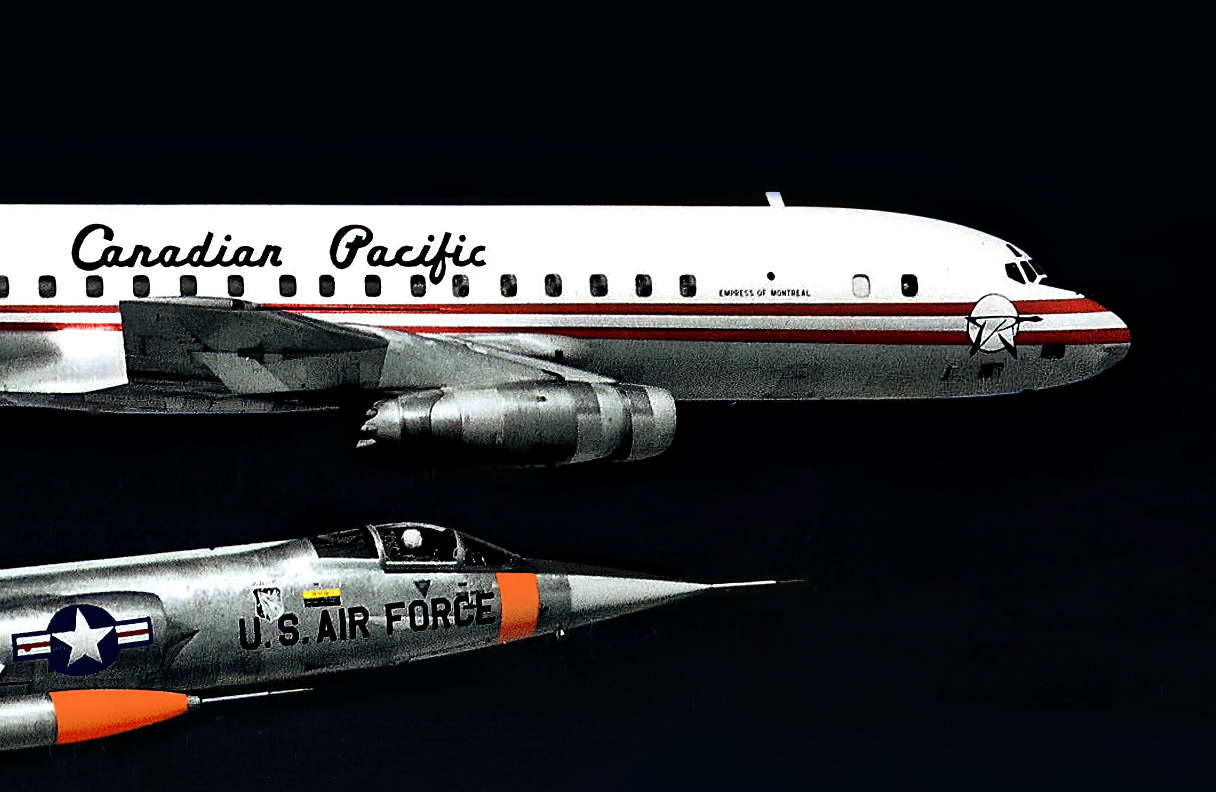These Airlines Have Gone Bankrupt This Year- But Why?
11 September, 2023
5 min read
Sharon Petersen
By joining our newsletter, you agree to our Privacy Policy


Which passenger airlines have gone bankrupt this year so far? We look at what went wrong, the remaining fleet and years in operation.
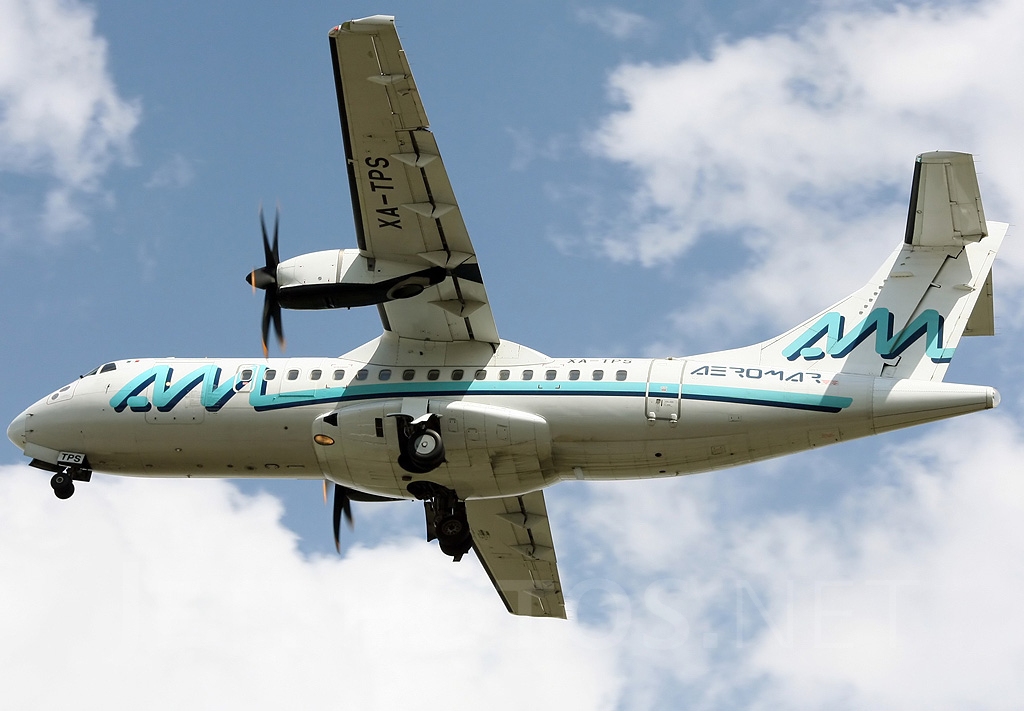
Aeromar: ( Mexico, 1987-2023) When Aeromar declared bankruptcy they stated it had not been able to recover from financial difficulties stemming from the global downturn in travel caused by the COVID-19 pandemic starting in 2020. The Mexico City international airport said in a statement that Aeromar owed about $27.5 million in fees, services and other debts. The regional carrier operated 21 routes in Mexico and flew to McAllen and Laredo in Texas and Havana, Cuba. It specialized in flying routes between Mexico City and beach resorts. The airline had 26 ATR 42s and eight ATR 72's.
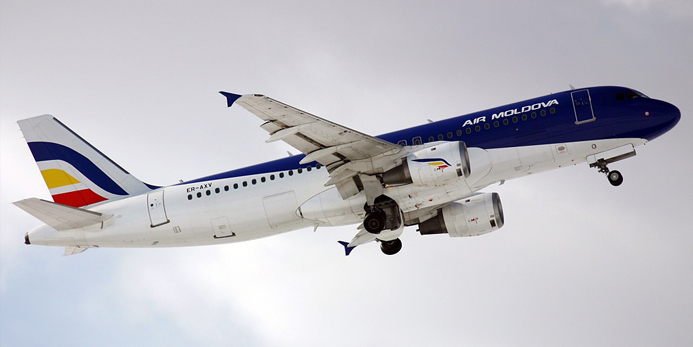
Air Moldova: (Moldova, 1993- 2023) Air Moldova's Air Operator's Certificate has been suspended due to the absence of a valid airworthiness certificate. The sole aircraft in their fleet (an 18.5 year old A320) had been sidelined for maintenance since April. This ceasing in the airline's operations can be traced back to a multitude of factors, including allegations of corruption within its previous management, the adverse effects of the COVID-19 pandemic on the aviation industry, and Ukrainian airspace closure resulting from Russia's invasion of Ukraine.
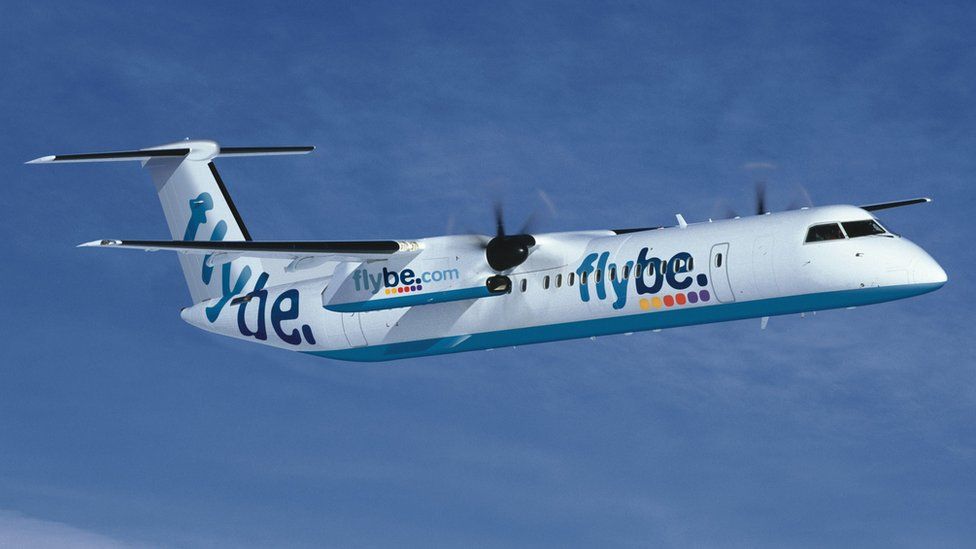
Flybe: (UK, 1979-2023 ) British regional airline Flybe ceased trading in January for the second time in three years, with all flights cancelled and 276 workers made redundant. Hurt by Britain's COVID-19 pandemic lockdown, Flybe initially first fell into administration in March 2020. AT the time of operations ending Flybe had a fleet of just 10 Dash-8 aircraft.
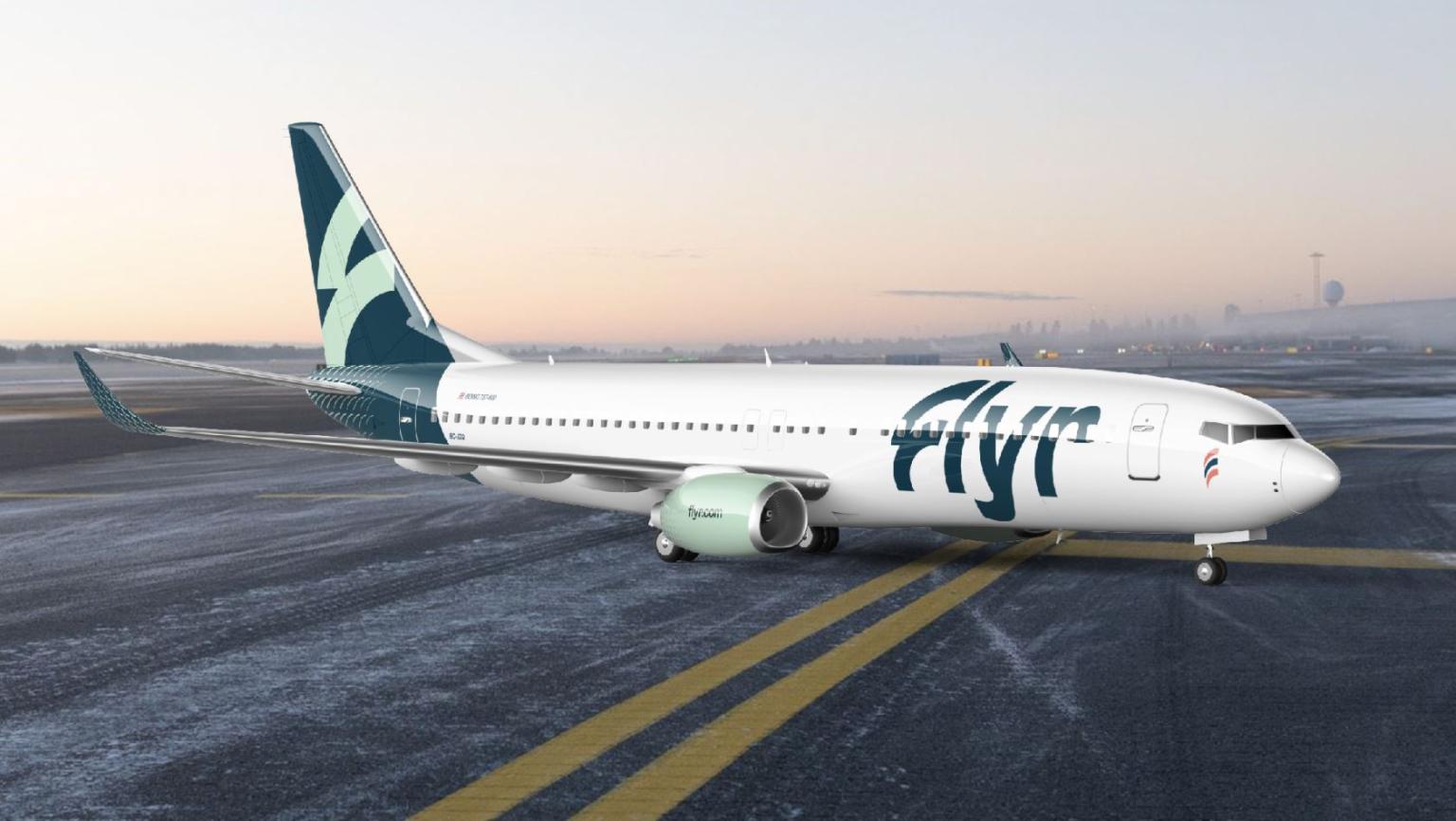
Flyr: (Norway, 2021-2023) According to BusinessTravellerUSA, the airline went bust due to pandemic travel restrictions and shifting travel patterns. It also repeated a mistake many hungry budget airlines made by adding routes and aircraft too quickly, even as its current flights were taking off half-full. The airline ceased operations with a fleet of six 737-800 and six 737 MAX aircraft.
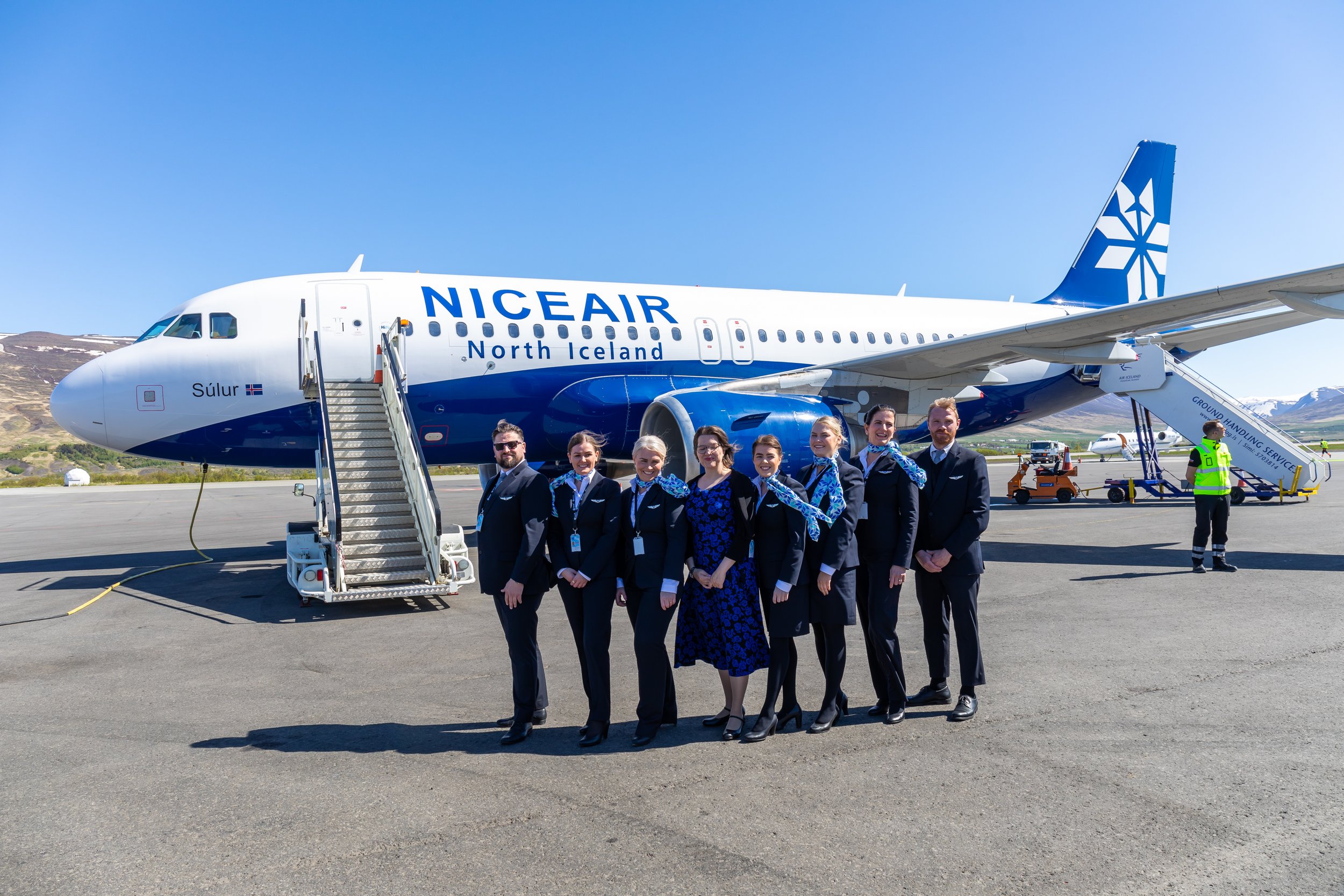
Niceair: ( Iceland 2022-2023) This airline went bankrupt less than a year after operations started. Niceair flights were originally operated by leasing company Hi-Fly Malta (using an A319) however loss access to this aircraft after Hi-Fly failed to keep up to date with payments. In turn Niceair lost their income stream and the company were forced to claim for bankruptcy. Niceair attempted to address unique Icelandic challenges which you can read more about here
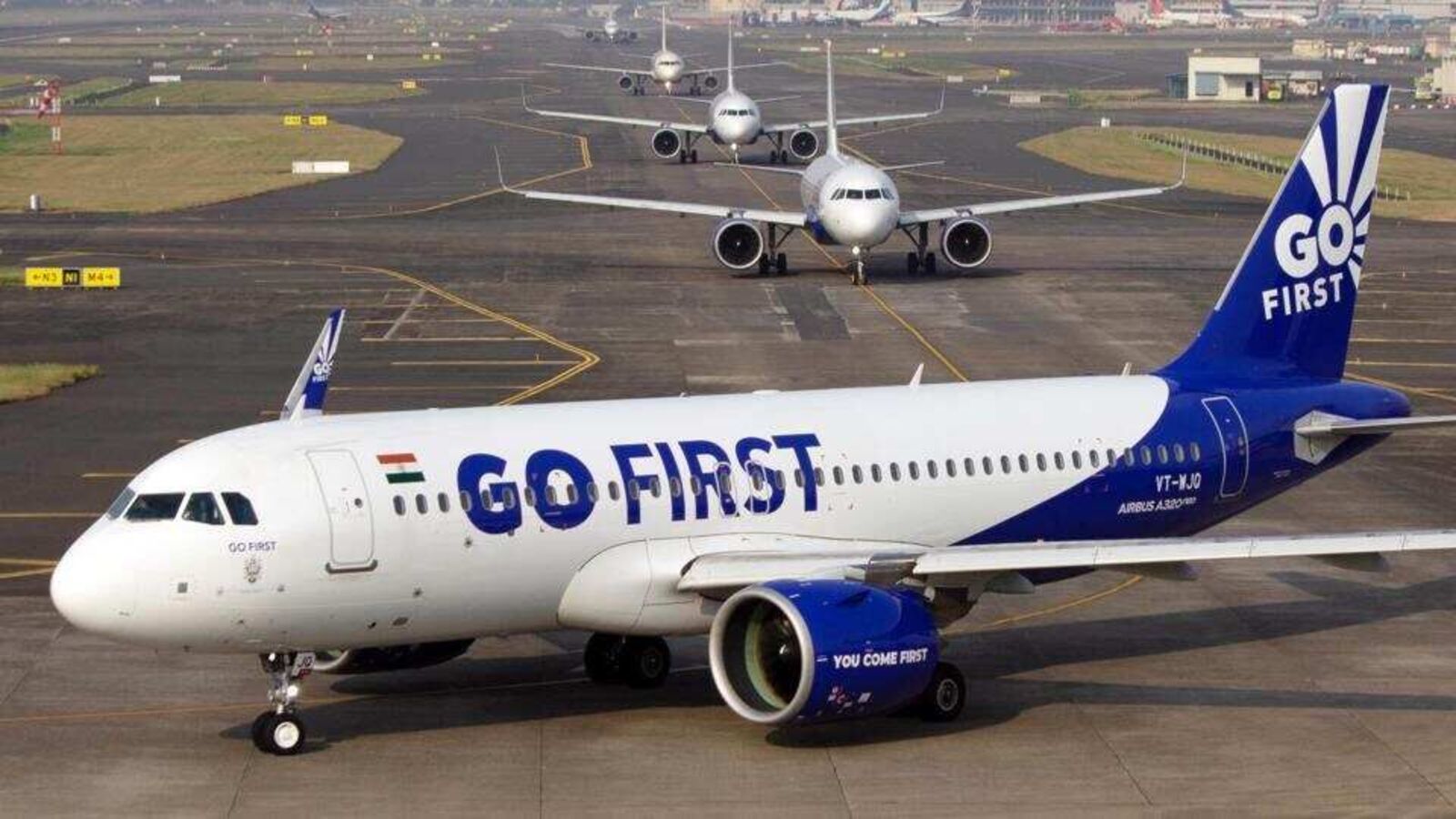
GoFirst: ( India, 2005 -2023) GoFirst, earlier known as GoAir, filed for insolvency after cash flow issues. The airline had struggled to keep aircraft in the air with a large part of its fleet grounded. Gofirst said its woes are not due to financial mismanagement but rather, because of engine issues. The company said in its bankruptcy filings that it has not missed a single debt repayment deadline so far. It has instead blamed US engine maker Pratt & Whitney for having had to ground many of its planes "due to the ever-increasing number of failing engines" supplied by it - this, the airline says, caused a severe cash flow problem. GoFirst was the first airline in India to go bust since Jet Airways 4 years ago. At the time of bankruptcy the airline had 54 A320 aircraft.
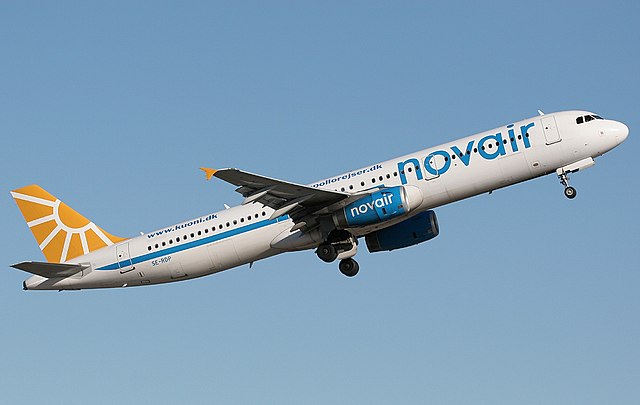
Novair: ( Sweden, 1997-2023) Novair operated operated charter flights ( to the Mediterranean and Spanish islands) on behalf of one of Sweden's largest travel agencies, Apollo. In February 2023, it was announced that Novair will cease operations on 1 October 2023 due to a negative business perspective after the airline's owners failed to acquire new contracts. The airline has two A321 aircraft.
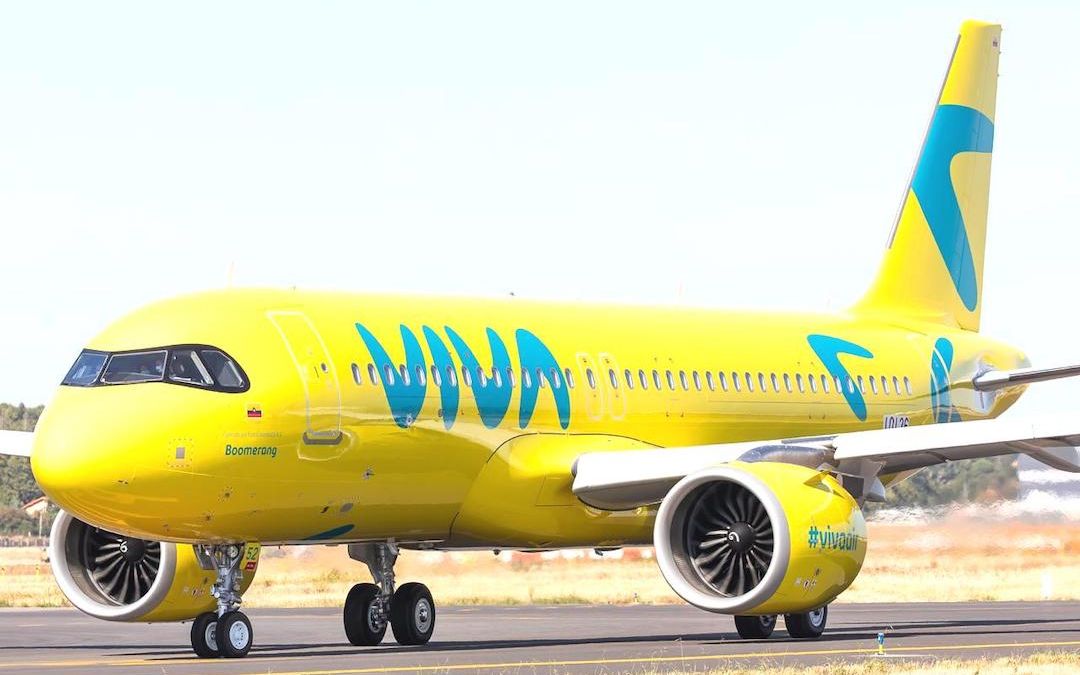
VivaAir Colombia: ( Colombia, 2009-2023). In short, VivaAir was waiting to merge with legacy airline Avianca however the process and bureaucracy around the process was so involved and lengthy the airline had no choice but to declare bankruptcy. VivaAir said in a statement that the only way the company could fly again is by allowing it to be part of a larger, stronger, and better-capitalized group of airlines through the partnership with Avianca. Viva and Avianca have been looking to merge since last year. Interestingly, Viva Air was among the airlines quickest to recover post the Covid-19 pandemic. The airline had a fleet of 41 A320 aircraft.
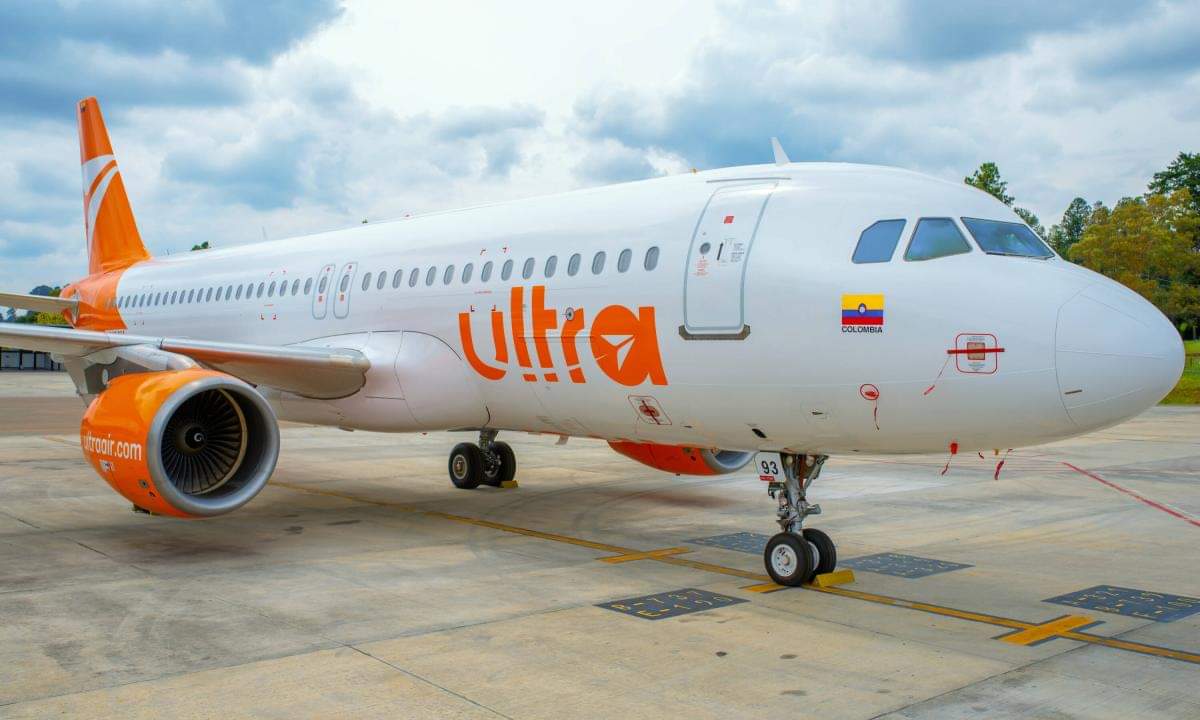
UltraAir: (Colombia 2020-2023). Ultra Air said Viva Air’s collapse is partially responsible for its own demise. In the statement, Ultra Air argued that the cease of operations of Colombia’s third-largest airline alerted the industry providers and aircraft lessors. The airline explained that they “began requesting immediate payments and even prepayments for their services, which is not usual in this industry” the airline explained. The Colombian government went public to expose Ultra Air’s financial issues. The airline had a fleet of six A320 aircraft.
Get the latest news and updates straight to your inbox
No spam, no hassle, no fuss, just airline news direct to you.
By joining our newsletter, you agree to our Privacy Policy
Find us on social media
Comments
No comments yet, be the first to write one.
